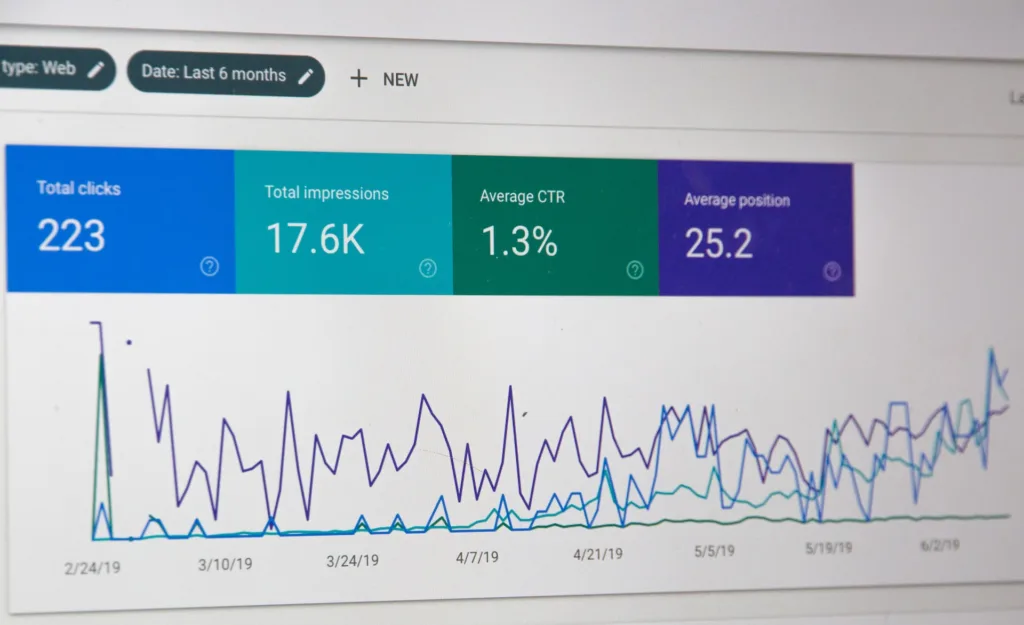While it’s important for the search engine spiders to find your website and its pages, the ultimate goal of search engine optimisation (SEO) is to have your page ranked at the top of search engine results. Effective optimisation is not a one-time deal. It requires planning, continuous monitoring, fine-tuning and testing. However, there are four key steps you can take when devising an optimisation strategy.
Website optimisation #1. Positioning
The first task in website optimisation is to determine where you are, and how well positioned you are to be recognised by the search engines. So start by analysing all visible text and code on your site, and comparing your results with your competitors.
The purpose of this exercise is to examine the keywords in the content and how they may translate to your site. A pretty good start is to pick the top five to ten Google results in your segment. You could also consider subscribing to online tools such as aHrefs or Semrush to help you build a profitable list of keywords.
You should also begin to build a list of search terms and phrases that are specifically related to your market, and to your customer base. The simplest way to begin is to think of what you would type into Google or any search engine to find your own business. It’s a good idea to engage with your own clients and customers on this subject to get some feedback.
Website optimisation #2. Keyword Research
The next step is to narrow down your initial list of keywords and determine how many websites are competing for them. Focus on the latest search engine queries, and include plurals as well as singulars, and common spelling errors (which are picked up by the search engines). In the latter instance, Google in particular will auto-correct the term for search, so be careful to search for the misspelt keyword or phrase.
Set up a simple data chart in Excel and establish your present ranking. This is important so that you have a baseline against which to measure your rankings every week, initially, and then every month. What you’re looking is increased site traffic—the ultimate verification that your keywords are working. Never underestimate rankings—they’re a key signal for determining traffic and strategising conversions.
As with any aspect of business, the most efficient way to implement a strategy is by defining a simple goal. You might want to boost your traffic over the next four weeks from 100 to 200 daily visitors. You should also monitor specific pages on your site, so that you can improve the products and sales related to those pages.
Website optimisation #3. Content Optimisation
A crucial part of website optimisation is to ensure all your pages have keyword or key phrase-based titles. This will also more logically organise your website, and give it a unified keyword-oriented presence.
Ensure that you have integrated at least one, and usually no more than three, keywords or key phrases within the visible content on your pages—and the source code. These terms should be used seamlessly within the content, and will assist the search engines in a swift analysis of your site and its pages. The length of articles can vary, and usually depends upon your users and broader marketplace. Ultimately, the overall quality of content, and its links, will determine your site’s place in the rankings.
When you create a new website or blog for your business, your goal is to have it added to the Google index. This will happen when Google crawls your site and adds it, but what if you want to speed up the process?
One method is developing a sitemap, in XML and HTML versions, for your website’s server, that lists every page on your site, and tells the searchbots when new pages have been added. The submission of XML sitemaps to Google and Bing is a simple and straight forward process.
Submitting your URL to directories such as Yahoo, or including Google AdSense scripts in order to attract the Google Media bot, is a great way of getting your pages indexed.

Website optimisation #4. Ongoing Testing
To determine if your optimisation strategies have been effective, testing is key. This can be achieved by tracking your traffic and rankings, and assess the performance of individual keywords and phrases.
You will need to monitor and fine-tune the keywords and phrases on an ongoing basis, so that your web content does not stagnate or stall. Regular checks of your inbound and outbound links to ensure they still work and are relevant to your site or your business.
A website that has blog functionality provides you with a easy way of adding new content which will benefit from your ongoing keyword research and testing.



